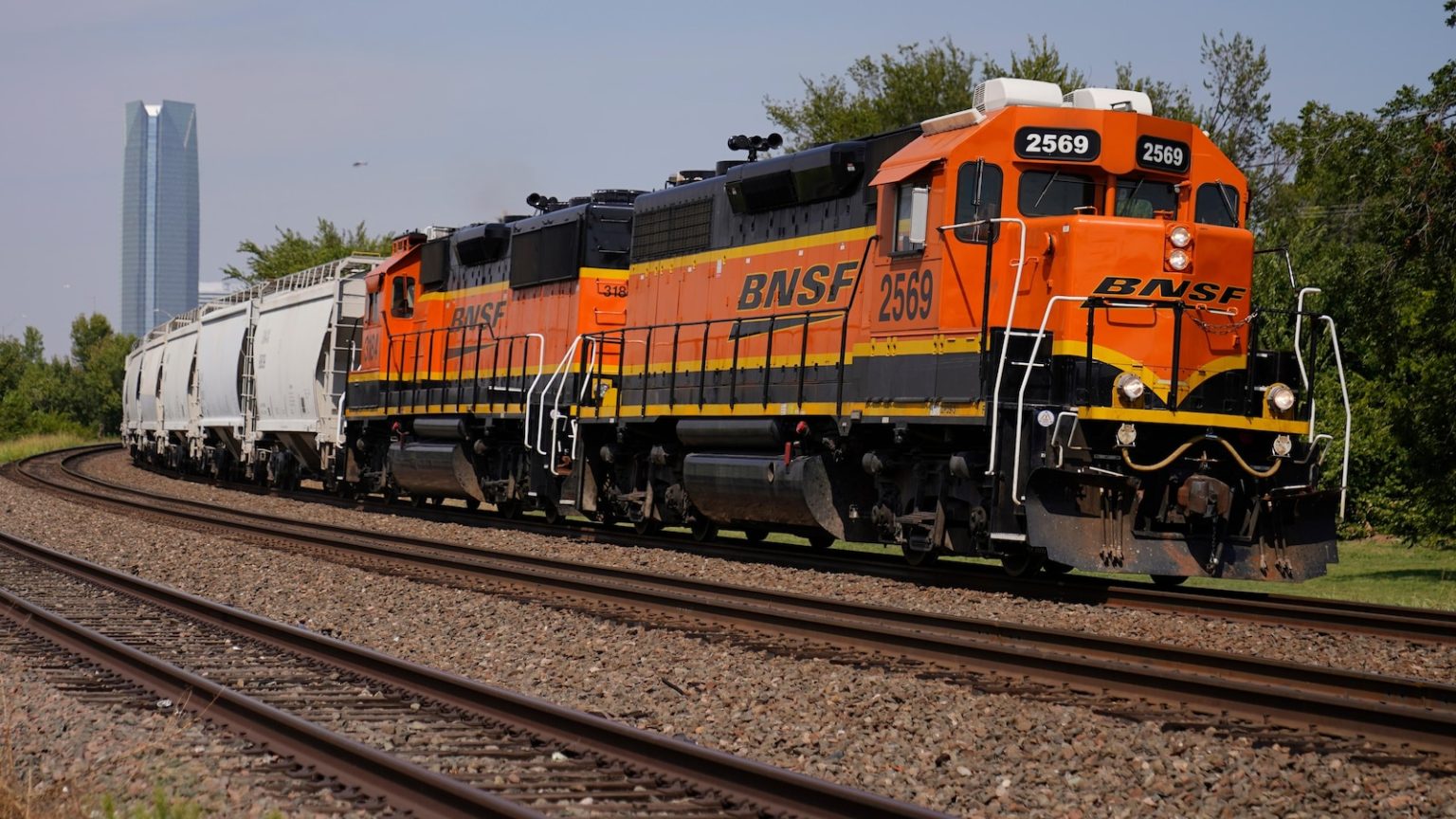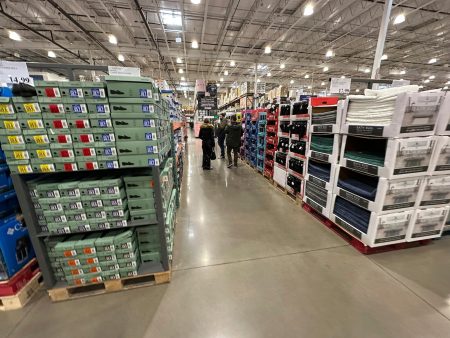The Rise of Audacious Freight Train Heists in the American Southwest
In recent months, a series of brazen heists has targeted freight trains traversing the deserts of California and Arizona, resulting in the theft of over $2 million worth of new Nike sneakers. These heists, which have drawn national attention, are part of a growing trend of cargo thefts that have become increasingly sophisticated and organized. The stolen sneakers often include unreleased models, such as the Nigel Sylvester x Air Jordan 4s, which were scheduled for release in March 2023 and retail for $225 per pair. Authorities are investigating at least 10 such incidents since March 2022, with nearly all involving the theft of Nike products.
One particularly notable incident occurred on January 13, 2023, when thieves targeted a BNSF freight train in a remote section of Arizona. The suspects cut an air brake hose, causing the train to come to a halt, and then made off with over 1,900 pairs of unreleased Nikes valued at more than $440,000. The stolen sneakers were part of a shipment bound for retail markets. Tracking devices embedded in some of the boxes led authorities to the suspects, who were later arrested and charged with possessing or receiving stolen goods. Eleven individuals, including ten Mexican nationals in the U.S. illegally and one Mexican citizen in asylum proceedings, pleaded not guilty to the charges and were detained pending trial.
The Methods and Networks Behind the Heists
The thieves involved in these heists have devised clever methods to carry out their operations. They often target slow-moving trains, particularly when they are changing tracks or stopping for scheduled breaks. According to Keith Lewis, vice president of operations at Verisk’s CargoNet and a deputy sheriff in Arizona, the thieves scout merchandise on rail lines that run parallel to Interstate 40. They board the trains and open containers to steal valuable goods. In some cases, the thieves are tipped off by associates working at warehouses or trucking companies, providing them with inside information about lucrative shipments.
In one case, authorities uncovered a network led by a Mexican man who controlled crews that burglarized trains. His operation included scouts who identified target trains, suppliers of vehicles, and crews to carry out the thefts. The stolen goods were then sold on the black market. The suspects often use "follow vehicles" to track the rail cars and retrieve the loot after it is tossed off the train. In one incident, a white panel van was stopped by sheriff’s deputies in Mohave County, Arizona, after a train made an emergency stop near Hackberry. The van was found to contain about 180 pairs of unreleased Air Jordan 11 Retro Legend Blue sneakers, valued at $41,400.
The Broader Impact of Cargo Theft
The thefts from freight trains are part of a larger and growing problem of cargo theft in the U.S. The nation’s six largest freight railroads reported losses exceeding $100 million in 2022, attributed to the value of stolen goods and the cost of repairing damaged railcars. The Association of American Railroads estimates that the number of thefts jumped by roughly 40% last year, reaching 65,000 incidents nationwide.Railroads have invested millions in security measures, but the sheer scale of their operations—spanning more than 140,000 miles of track across the country—makes it difficult to prevent thefts entirely. The problem is further compounded by the fact that only about one in ten theft attempts results in an arrest, and many of those arrested are repeat offenders.
The issue is not limited to trains; cargo thefts from trucks, ships, and warehouses are a major concern for the shipping industry. The FBI estimates that cargo thefts at various points along the supply chain, from ports to trains to trucks, account for between $15 billion and $35 billion in losses annually. Organized theft rings often target major shipping hubs like Los Angeles, Dallas, Memphis, Chicago, and Atlanta, where goods are concentrated and容易 preyed upon.
Historical Context and Escalating Security Measures
The theft of cargo from trains is not a new phenomenon, but recent incidents have highlighted the escalating audacity and sophistication of these crimes. In 2022, for example, thieves raided cargo containers aboard trains near downtown Los Angeles for months, stealing packages destined for people across the U.S. and leaving tracks littered with discarded boxes of less valuable items. The brazen nature of these thefts prompted authorities and freight companies to increase security in the area. Similarly, in 2015, thieves stole 111 guns from a train in a Chicago railyard after breaking the locks on a cargo container.
In response to the rising tide of cargo thefts, railroads have implemented various security measures, including the use of tracking devices, surveillance cameras, and tighter coordination with law enforcement. BNSF, one of the largest freight railroads in the U.S., has emphasized the importance of information sharing between its internal police force and local law enforcement agencies. However, the company has also acknowledged the challenges of securing its vast network, noting that train crews rarely encounter thieves due to the length of the trains and the thieves’ efforts to evade detection.
The National and Economic Implications
The thefts from freight trains have significant economic and national security implications. The stolen goods not only result in direct financial losses for companies but also disrupt supply chains and undermine consumer confidence. In addition, the damage caused to railcars and infrastructure during these heists adds to the overall cost burden. The Association of American Railroads has called for increased federal enforcement and tougher penalties to deter thefts, arguing that the current legal framework is insufficient to address the growing threat.
The problem of cargo theft is further complicated by the involvement of organized crime groups, some of which have international connections. The case involving the Mexican man who allegedly controlled train burglary crews highlights the transnational nature of these operations. U.S. Immigration and Customs Enforcement (ICE) has warned that cargo thefts are often carried out by sophisticated networks that exploit vulnerabilities in the supply chain.
As the issue continues to escalate, it is clear that a coordinated effort involving railroads, law enforcement agencies, and policymakers will be necessary to address the problem effectively. The rise of audacious freight train heists serves as a stark reminder of the challenges faced by the shipping industry in protecting its goods and infrastructure from theft.















